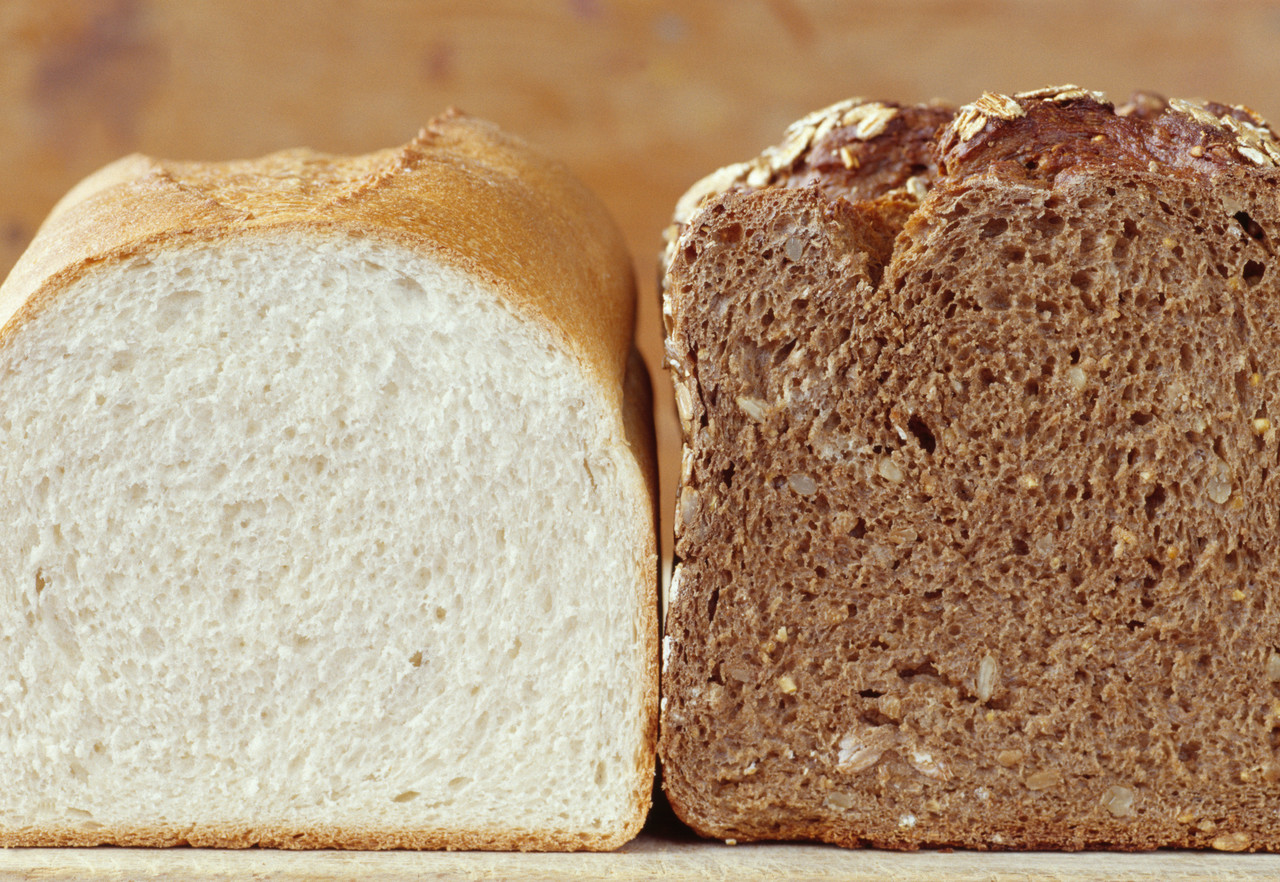Among the best ways of cancer prevention is eating high fiber food. According to the findings of researchers, both soluble and insoluble fiber decreases the vulnerability of a woman to breast cancer, especially if she takes more than 30 grams per day. A larger study showed that women had a 20% reduction in risk of getting ovarian cancer if they had a high fiber diet of about 38-77 grams per day compared to those with low fiber diets.
Fiber coupled with adequate consumption of fluids will move fast through your digestive system. It also helps with proper functioning of the digestive system. Other benefits of fiber are a decrease in risk of diabetes, heart disease and obesity.
Over 30 High Fiber Foods
1. Corn

The commonly known version of corn is the sunny yellow one. However, corn has a variety of colors ranging from pink to black to blue. Each comes with its own set of antioxidant nutrients. Approximately half a cup of corn grains has fiber amounting to 2 grams. In every 3-cup serving of popcorn, you will get 3.5 grams of fiber, which is also low calorie making it ideal.
2. Oatmeal

Oats have a special type of fiber, beta-glucan, which is good for lowering cholesterol and boosting your immunity. Oats have a good combination of both soluble and insoluble fiber. These fibers are responsible for lowering blood cholesterol and ensuring that digestion takes place smoothly.
3. Avocado

Another great source of fiber is the creamy flesh of an avocado. In every 2 tablespoons, you will get 2 grams of fiber and 10 grams from the whole fruit. Avocados also contain polyunsaturated and monounsaturated fats that are good when it comes to reducing the risk of heart disease and lowering blood cholesterol.
4. Brown Rice

The nutty taste and chewy texture of brown rice might take some time to get used to if you take only white rice. However, it is worth trying as each cup has 3.5 grams of fiber.
Based on the findings of Harvard researchers, it was found that despite the fact that more than 5 servings of white rice in one week can increase the risk of type 2 diabetes by 17%, adding a few servings of brown rice in a week will reduce the risk by 11%.
5. Whole-Wheat Bread

It is a wise decision to start taking whole wheat bread in place of white bread, because refined grains and white bread are milled. This means that the bran (the outer coat of the grain) is removed together with the germ, which is a small part of the grain that also acts as an embryo. The components that are removed are the ones that carry the fiber and nutrients. If you take whole wheat bread, there will be a big difference in the fiber content in your diet.
6. Apple

An apple is affordable and available to many. If you can eat one daily, you can increase your fiber intake. It is recommended that you take it with its peels as they contain the most fiber and various nutrients such as phytochemicals.
7. Broccoli

You can get 2.4 grams of fiber from a cup of freshly chopped broccoli. From it, you will also get vitamin K and vitamins C. If you must cook them, do not overdo it. Just steam them in order to maintain the vitamins and the fiber.
8. Beans

You should consider increasing your beans intake if you want to increase your fiber intake. Black beans contain 15 grams of fiber per cup while white beans have 18.6 grams per cup. If you want your colon and heart to be in good shape, it is important to take beans. Gradually increase your beans intake so that your digestive tract can adjust.
9. Flax Seeds

Our bodies need both soluble and insoluble fibers for various reasons, and both are found in flax seeds. You can get 1.9 grams of fiber from one tablespoon of ground flax seeds. It is recommended that you should add a tablespoon of ground flax seeds to your cereal or oatmeal in the mornings.
10. Other High Fiber Foods
Apart from the high fiber foods mentioned above, there are a lot of other foods that are rich in high fiber and can have great benefits for your health and wellness. These foods include:
- Frozen or fresh peas
- Frozen or fresh lima beans
- Strawberries, blackberries and raspberries
- Baked potato with the skin
- Green snap beans, pole beans and broad beans
- Raisins and prunes
- Greens: kale, collards, beet greens, turnip greens and Swiss chard
- Nuts
- Cherries
- Bananas
- Coconuts
- Brussel Sprouts
- Cabbage
- Amaranth
- Chia Seeds
- Quinoa
Watch the video for more tips on how to select high fiber foods: